Introduction
Financial markets are driven by a complex mix of factors, including macroeconomic conditions, corporate earnings, geopolitical events, and, perhaps most importantly, investor sentiment. Currently, markets are riding a bullish wave, with prices steadily climbing and optimism abounding. However, history tells us that extreme bullishness often precedes downturns. When everyone expects prices to keep rising, the likelihood of a market correction grows significantly. Let’s explore why the chances of going down may be higher than continuing upward — and why a sentiment shift could be just weeks away.
1. The Current Market Mood: A Surge in Optimism
Recent months have seen a strong bullish sentiment, driven by:
- Robust economic data: Improvements in employment rates, consumer spending, or GDP growth have buoyed confidence.
- Earnings surprises: Strong corporate earnings reports have lifted stock prices.
- Favorable policy conditions: Central banks pausing or slowing interest rate hikes have contributed to positive sentiment.
However, history has shown that optimism often peaks just before market reversals. When the majority of market participants are confident about continued gains, there’s little room left for new buyers to push prices higher.
2. The Bearish Case: Why a Downturn Seems More Likely
A. Overextended Valuations
Many stocks are trading at high price-to-earnings (P/E) ratios or other valuation metrics that exceed historical averages. When valuations become stretched, markets become more vulnerable to corrections. Even small negative surprises can have outsized effects on prices.
- Example: During past market bubbles, such as the dot-com boom of the early 2000s, high valuations led to sharp corrections.
- Current signals: Several tech and growth stocks are again reaching valuation levels that may not be sustainable.
B. Rising Macroeconomic Risks
Despite current optimism, underlying risks are growing. Key concerns include:
- Interest Rate Pressures: Even if central banks pause hikes, interest rates remain elevated, increasing borrowing costs for businesses and consumers.
- Inflation Concerns: Inflation may persist longer than anticipated, eroding purchasing power and profit margins.
- Slowing Economic Growth: Leading indicators such as declining manufacturing activity or reduced consumer confidence hint at potential slowdowns.
These factors can quickly sour investor sentiment, especially if data points turn negative.
C. Market Technicals: Overbought and Overheated
Technical indicators are flashing warning signs:
- Relative Strength Index (RSI): Many assets show RSI levels above 70, a sign of overbought conditions.
- Low Volatility: Markets often experience periods of calm before sharp corrections, as complacency builds.
- Narrowing Breadth: Fewer stocks are participating in recent market rallies, a classic sign of weakening momentum.
3. Sentiment Peaks: When Everyone Is Bullish, Who’s Left to Buy?
In financial markets, sentiment often behaves like a pendulum, swinging between fear and greed. When too many investors are bullish, there’s little “dry powder” left to fuel further gains. Currently, signs of excessive bullishness include:
- High margin debt: Investors borrowing heavily to buy stocks — a dangerous sign if the market reverses.
- Overcrowded trades: Positions in popular sectors like technology or AI-related stocks are highly concentrated.
- Media and analyst sentiment: When headlines and analysts are overwhelmingly optimistic, it often signals a turning point.
4. Timing the Shift: Why It Could Happen Soon
While predicting exact market timing is impossible, there are reasons to believe that a sentiment shift could be just weeks away:
- Earnings season fatigue: After a strong round of earnings, future quarters may not meet heightened expectations.
- Economic data surprises: A single weak jobs report or inflation print could spook markets.
- Geopolitical shocks: Any unexpected geopolitical event could trigger risk-off behavior.
Past market cycles have shown that sentiment can flip rapidly, with investors moving from greed to fear in a matter of days or weeks.
5. The Psychology of Market Reversals
Investor behavior plays a crucial role in market trends. Behavioral finance explains why sentiment shifts occur:
- Herding: When everyone is buying, investors feel pressure to follow the crowd. However, crowded trades are vulnerable to sharp reversals.
- Overconfidence: Bullish markets breed overconfidence, leading investors to underestimate risks.
- Loss Aversion: When markets turn down, fear of losses often leads to panic selling, exacerbating declines.
Conclusion: Prepare for a Sentiment Shift
Although markets are currently bullish, the forces that drive sentiment are cyclical. A downturn may be closer than many think, with conditions ripe for a bearish reversal. Investors should:
- Rebalance portfolios to manage risk.
- Consider defensive sectors like healthcare or utilities.
- Stay vigilant for signs of weakening momentum or negative catalysts.
In markets, nothing moves in one direction forever. When the majority is bullish, the smart money prepares for the bear. Change is coming — it’s just a matter of weeks.

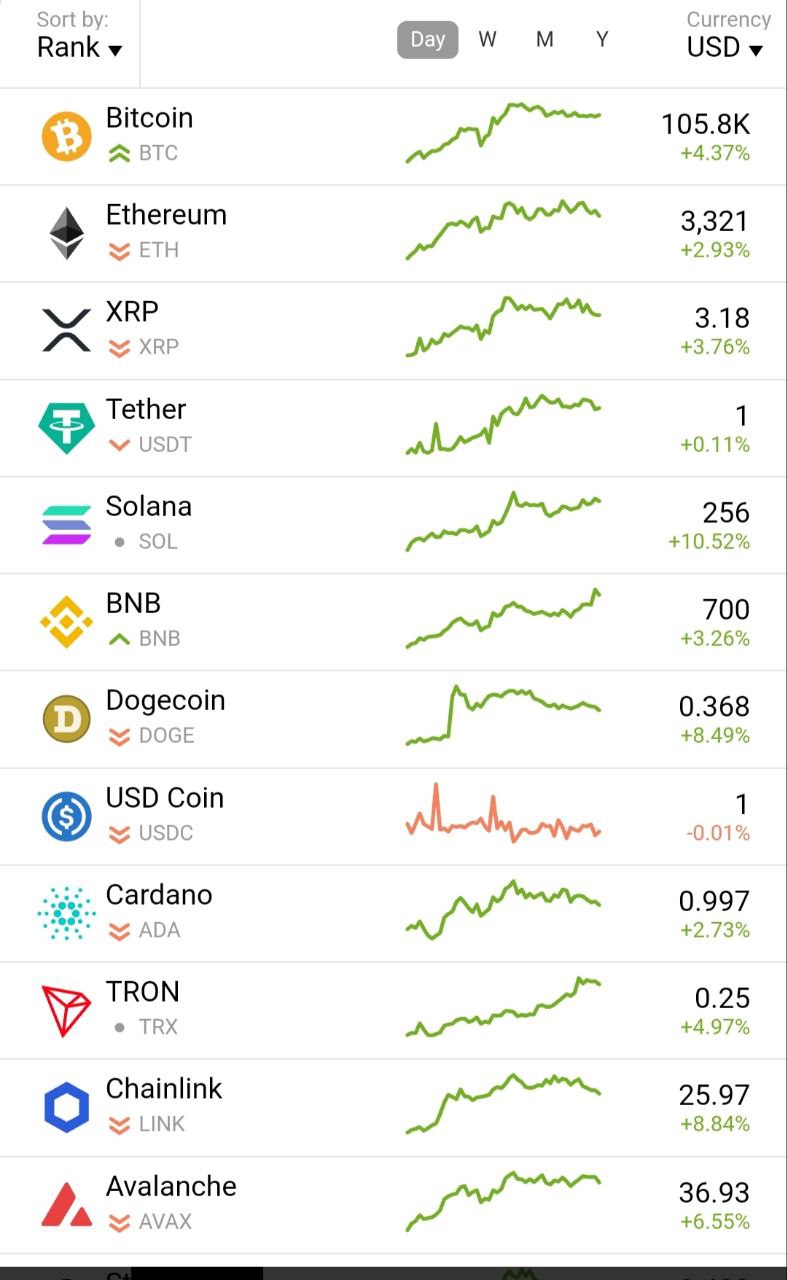
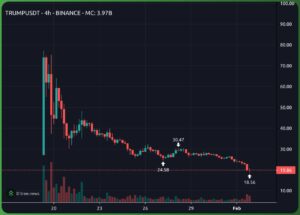
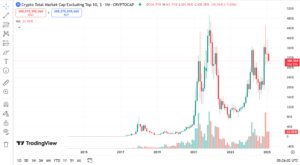
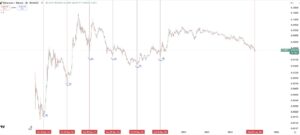
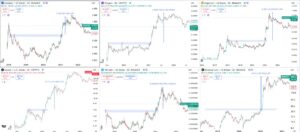

Leave a Comment